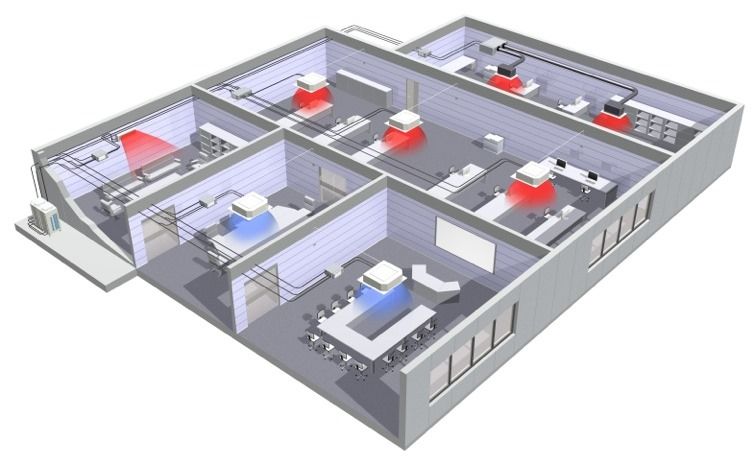Don’t even think about buying a new heating and cooling system before you know the load calculations and heat loss estimate for your home or office.
Otherwise you are shooting in the dark, liable to select a system too small for the job, or too big and counterproductive.
The licensed professionals at Premier will be glad to visit your property and help you determine the proper size for your new heating and cooling system. Call us and we will make an appointment at your convenience.
Why do know need a load calculation and a heat loss estimate?
They consider your home’s thermal characteristics and determine how much cooling and heating are needed to keep your home at your preferred temperature.
In heating, ventilation and cooling, a unit’s size matters.
If it’s too big, the HVAC system will waste energy and money and create hot and cold spots. It also won’t remove enough humidity from your home.
If it’s too small, not only will it fail to heat and cool your home but it also may break down sooner than expected because it will be overworked.
>The calculations for load and heat loss can become complicated, so it’s best to have an experienced professional work with you.
Factors in load calculation
The load calculation will determine how many BTUs per hour that an area needs for adequate cooling and heating. (BTUs are British Thermal Units, which are used to calculate heat.)
The smart way to calculate load is to follow the steps in Manual J of the Air Conditioning Contractors of America.
The calculation should include:
• The owner’s temperature preferences
• Weather and climate
• The home’s size, shape and directional setting
• The quality and quantity of insulation
• The number of windows, their location and type
• The number of heat-generating lights, televisions, computers and other appliance
• The home’s air leaks and tightness
• Construction materials used to build the home
• The efficiency and placement of registers, vents and ductwork.
Some considerations:
• When determining the home’s square footage remember that tall ceilings require more BTUs.
• How much sun does the home draw in a typical day?
• Are the windows energy-efficient?
• Does the home have drafts?
• How many people reside in the home and how are the rooms used? A kitchen, for example, may have several appliances that produce heat.
Heat loss calculations
Numerous factors can be considered in properly gauging heat loss. They include building materials, windows, exterior doors, airtightness, insulation, outside walls, and ceilings, among other items.
When the heat loss is calculated, you will know the size of the heater you need.
Premier HVAC, a locally owned company based in Brooklyn, is an authority on determining loads and heat loss. We install and service all brands of heating, cooling and ventilation systems in homes and businesses in New York City and Long Island.







